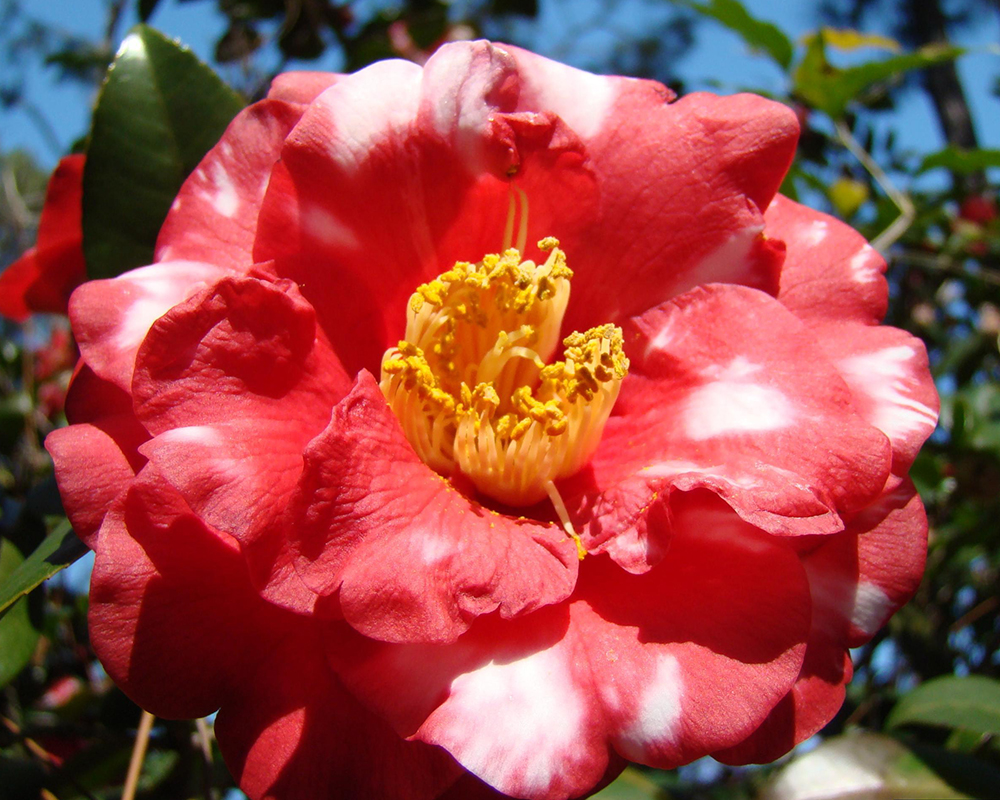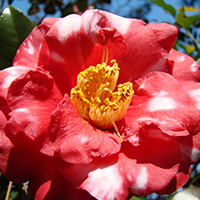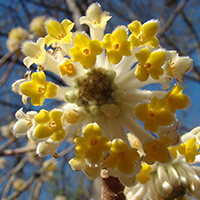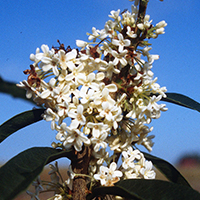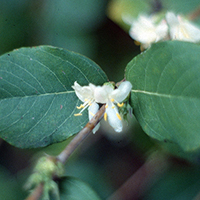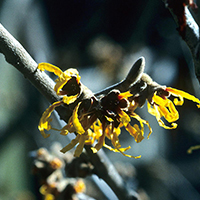I find it ironic that Valentine’s Day occurs in February, a time of the year when we see very few plants blooming in the landscape. In addition to cards and candy, flowers are one of the most popular gifts during this annual celebration of love. In 2018, the Society of American Florists estimated that 250 million cut roses were produced for Valentine’s Day and an estimated 35% of Americans purchased flowers.
Of course, the origin of this day honors the legendary martyr Saint Valentine, who was a priest during the third century Roman Empire. Supposedly, Valentine’s Day is celebrated in the middle of February to commemorate the anniversary of Saint Valentine’s death.
Cut flowers make a wonderful gift for your significant other during the cold, dreary days of February, however, most of the flowers that you will find sold for Valentine’s Day are not in season locally. We don’t have roses or tulips blooming in the middle of February here in Georgia. These flowers were forced to bloom in a controlled greenhouse environment, most likely in Central or South America.
If you would rather show your love with live flowering plants, consider supporting the local nursery and landscape industry. Midwinter is an excellent time to add new shrubs to your landscape. In fact, there are several interesting options that bloom in February throughout Georgia. Some of my favorite winter bloomers include the following landscape shrubs:
- Japanese camellia (Camellia japonica) — The camellia represents desire, passion and admiration — a wonderful Valentine’s choice. There are literally hundreds of camellia cultivars that range in flower colors from white to pink to red and every conceivable combination. Japanese camellias are large evergreen shrubs that prefer part shade and can grow 10 to 15 feet tall. Certain varieties may open flowers as early as November or any time throughout the winter. If you want one that blooms in February, visit a local nursery and see which varieties are blooming right now.
- Paperbush (Edgeworthia papyrifera) — Paperbush is an unusual shrub that flowers without any leaves from February to March. Paperbush shrubs produce a suckering colony of stems 3 to 4 feet tall. The cream-yellow flowers are deliciously fragrant. Each half-inch flower terminal is composed of 25 to 30 miniature flowers in a head-like inflorescence. The flowers are not spectacular but make for an interesting specimen plant.
- Tea olive (Osmanthus fragrans) — This is a large evergreen shrub or small tree that grows 20 to 30 feet tall. The leathery leaves resemble certain hollies with their prickly teeth. Their small, white flowers are easy to overlook, but pack an incredible fragrance that will blanket your entire yard. Tea olives begin flowering in late fall around October and then produce sporadic flowers on warm winter days through February.
- Winter honeysuckle (Lonicera fragrantissima) — This honeysuckle species grows as a manageable shrub rather than an aggressive, weedy vine. It will grow into a medium-sized shrub from 6 to 10 feet tall. The creamy white flowers are tinged with pink and extremely fragrant. Flowers often begin to open in January and peak in February. Honeysuckle symbolizes devotion and happiness — an ideal Valentine’s Day gift.
- Witch hazel (Hamamelis spp.) — Hamamelis means protection and inspiration. There are several different species and numerous cultivars of this large flowering shrub. Most species produce fragrant yellow flowers in the February to March timeframe. The flowers are small but unique with their narrow, strap-like, crinkled petals.
For more information and free farm, lawn or garden publications, visit extension.uga.edu/publications or contact your county Extension office.

